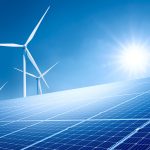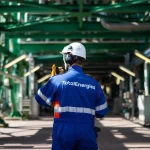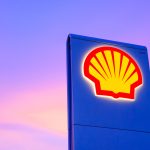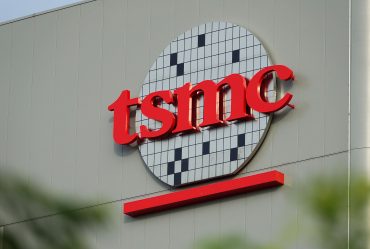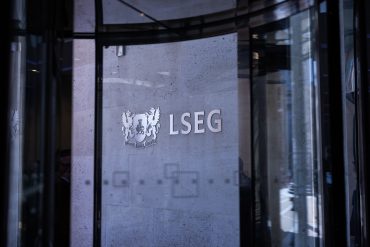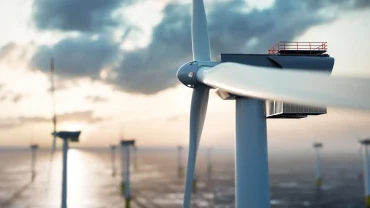
- Global Energy Market
- Oil and Gas
- Renewable Energy
BP Sells U.S. Wind Portfolio to LS Power, Exits Renewables
6 minute read

Oil giant BP accelerates its fossil fuel strategy by selling 1.3 gigawatts of U.S. wind farms to renewable energy operator LS Power
Key Takeaways
- BP sells U.S. wind business to LS Power transferring 10 wind farms across seven states with 1.3 gigawatts net capacity, completing its exit from wind power generation
- $20 billion divestment program by 2027 aims to boost oil and gas production while reducing low-carbon energy investments to less than 5% of capital allocation
- BP shares rise 1.8% to 404 pence as markets respond positively to the company’s strategic pivot back to traditional energy sources
Introduction
BP completes its strategic retreat from renewable energy with the sale of its entire U.S. onshore wind portfolio to LS Power. The transaction transfers ownership of 10 wind farms across seven states, marking the final chapter in the oil giant’s exit from wind power generation.
The move represents a decisive shift under CEO Murray Auchincloss, who prioritizes oil and gas production over clean energy investments. BP’s wind business divestment signals the company’s commitment to a simplified strategy focused on traditional energy sources amid mounting shareholder pressure for improved returns.
Key Developments
The sale encompasses wind assets in Colorado, Hawaii, Idaho, Indiana, Kansas, Pennsylvania, and South Dakota. Nine facilities operate under direct BP management and connect to the electrical grid, supplying power to more than 15 off-takers with capacity to power approximately 1.3 million homes.
LS Power will integrate the acquired assets into its subsidiary Clearlight Energy, expanding the company’s operational fleet to approximately 4.3 gigawatts. The transaction includes BP Wind Energy’s experienced workforce, ensuring operational continuity during the ownership transition.
The deal follows BP’s broader strategic overhaul announced in February, which targets $20 billion in asset sales by 2027. The company plans to reallocate $1.5 billion annually toward oil and gas investments while reducing low-carbon energy spending to less than 5% of total capital expenditure.
Market Impact
BP shares gained 1.8% to 404 pence following the announcement, reflecting investor approval of the company’s strategic pivot. The positive market response underscores shareholder preference for traditional energy focus over renewable investments.
UBS Group values the U.S. onshore wind unit between $1.5 billion and $2 billion enterprise value. While BP has not disclosed the transaction amount, the company commits to updating divestment proceeds in its upcoming second-quarter report.
The sale contributes to BP’s first-quarter 2025 divestment guidance of $3-4 billion, with $1.5 billion already signed or completed. This progress supports the company’s debt reduction targets and balance sheet optimization efforts.
Strategic Insights
BP’s wind business exit reflects broader industry skepticism about near-term renewable energy profitability among oil majors. The company joins Shell and other traditional energy companies in scaling back clean energy commitments in favor of shareholder returns.
The strategic pivot prioritizes debt reduction to $14-18 billion by 2027 and structural cost reductions of $4-5 billion. BP targets annual oil and gas spending increases to $10.5 billion while maintaining selective low-carbon investments in biogas, biofuels, hydrogen, and EV charging.
For LS Power, the acquisition strengthens its position in the renewable energy sector and demonstrates continued investor confidence in wind power despite major oil companies’ retreats. The transaction expands LS Power’s renewable portfolio significantly while providing operational expertise through BP’s workforce.
Expert Opinions and Data
Executive Vice President William Lin emphasized the company’s portfolio optimization strategy. “We have been clear that while low-carbon energy has a role to play in a simpler, more focused BP, we will continue to rationalize and optimize our portfolio to generate value,” Lin stated.
Lin acknowledged the assets’ quality while explaining the divestment rationale. “The onshore U.S. wind business has great assets and fantastic people, but we have concluded we are no longer the best owners to take it forward,” he added.
LS Power CEO Paul Segal highlighted the acquisition’s strategic importance. “LS Power’s mission is to solve complex energy problems to improve the world and make lives better by developing a cleaner, more reliable, and affordable energy ecosystem, and today’s announcement represents a material investment in reaching that goal,” Segal stated.
Morningstar analyst Allen Good noted that smaller asset sales provide positive momentum but may require additional measures. Good suggested that cost cuts and capital reductions remain necessary to satisfy market expectations for BP’s transformation.
Conclusion
BP’s wind business sale completes its strategic withdrawal from renewable energy generation while advancing its $20 billion divestment program. The transaction demonstrates the company’s commitment to traditional energy focus under Murray Auchincloss’s leadership.
The deal positions LS Power as a significant renewable energy operator while allowing BP to concentrate resources on oil and gas production. BP’s pivot reflects broader industry trends toward shareholder returns over clean energy investments, with implications for the energy sector’s decarbonization timeline.

